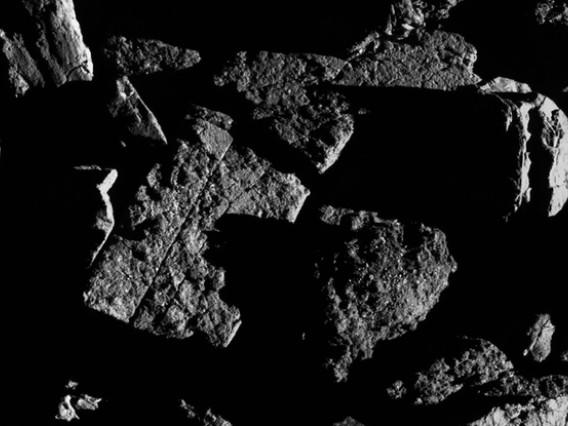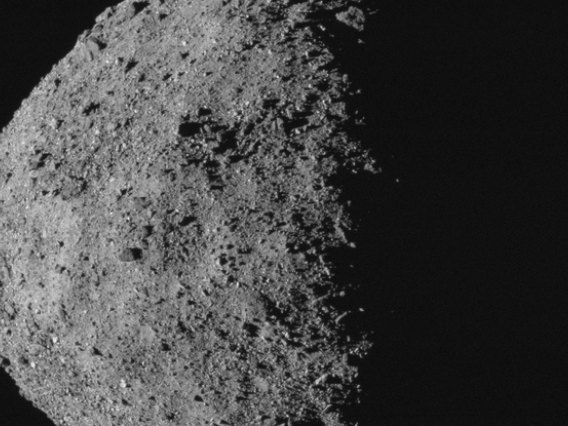LPL Newsletter for July 2020
Wednesday, July 1, 2020
Each July, Tucsonans look forward to visiting the Kuiper Space Sciences Building for Summer Science Saturday, our family-friendly open house event that features exhibits, lectures, and hands-on activities highlighting LPL research. Restrictions related to COVID-19 prevent us this year from hosting the in-person event, but we are excited to invite you to join us on August 1 at 1:00p.m. (Arizona) for a Summer Science Saturday webinar featuring Professor Dante Lauretta, speaking about NASA's OSIRIS-REx Mission.
We hope you will join us for what will certainly be a fascinating talk about OSIRIS-REx. Register for the webinar by visiting the Summer Science Saturday calendar page. In the meantime, if you'd like to learn more about what's been happening with mission developments, follow the story links below.
Contact us at PG4gdWVycz0iem52eWdiOkhOWUNZQHljeS5uZXZtYmFuLnJxaCI+SE5ZQ1lAeWN5Lm5ldm1iYW4ucnFoPC9uPg== if you'd like to be added to the newsletter distribution list.

NASA'S OSIRIS-REx Discovers Sunlight Can Crack Rocks on Asteroid Bennu
The spacecraft of the University of Arizona-led OSIRIS-REx mission has documented the first direct evidence of erosion driven by harsh temperatures between daytime and nighttime. Evidence of thermal fracturing on the asteroid can help scientists learn about the geologic history not only on Bennu, but on other planetary surfaces as well.

Asteroids Bennu and Ryugu May Have Formed Directly from Collision in Space
Scientists from the OSIRIS-REx and Hayabusa2 teams have a new theory about why the asteroids Bennu and Ryugu have their signature "spinning-top" shapes.

